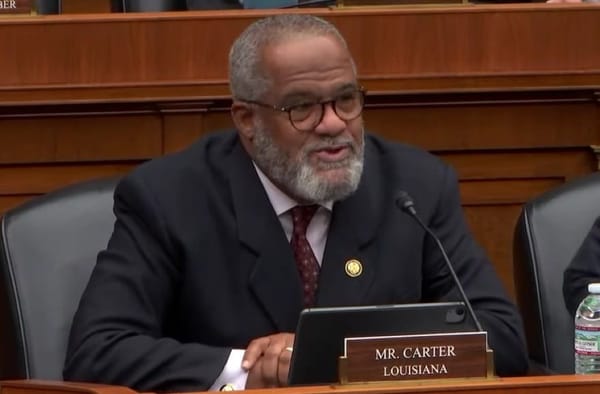The Real White Spaces Debate: To Create or Abolish a Market in the Airwaves
WASHINGTON, November 4 – I’ve been following the “white spaces” for as long as it has been happening – four, maybe five years – and I must admit that I am surprised by FCC Chairman Kevin Martin’s sudden fondness for them.
Drew Clark
Blog Entries
WASHINGTON, November 4 – I’ve been following the “white spaces” for as long as it has been happening – four, maybe five years – and I must admit that I am surprised by FCC Chairman Kevin Martin’s sudden fondness for them.
Until the last days of his chairmanship, Martin never cared for this somewhat radical notion: allowing techies and community activists to spew electromagnetic frequencies in zones currently occupied (at least ostensibly) by the broadcasters.
In fact, at Martin’s first press conference in the spring of 2006, more than a year after he assumed his position in March 2005, I couldn’t even get Martin or his top aide to comment about the subject on the record. I’ll have to wait for the open meeting later today to get some sense of his motivation for doing so now, as he prepares to depart the commission.
Meanwhile, the white spaces debate has been changed somewhat by the reality of the digital television transition, which is set to occur on February 17, 2009. As companies involved in the National Association of Broadcasters (NAB) get cleared out a large section of radio-frequencies, the next big question remaining is: can they be forced, or enticed, entirely out of the airwaves. With more than 88 percent of individuals receiving television from cable or satellite systems, this isn’t just idle speculation.
In July 2007, I posed this question:
Are white spaces a good idea? In pure Washington fashion, the answer depends on how you see the NAB’s future strength. White spaces makes the most sense if you still believe that broadcasters treat the airwaves the way Texans treat the Alamo. But for those who believe that the NAB is amenable to reason, and economic incentives, here’s the next puzzle: what will it take to entice broadcasters to sell, give up or vacate the remaining airwaves? There are plenty of telcos, techies, and community activists that believe they can do better with them. All they need now is a game plan to help the broadcasters out of their paper bag.
The entire debate between broadcasters and techies is, in reality, a false choice. Everyone knows that an airwave allocation established in 1952 is obsolete. There is no need to allow huge “white spaces” to remain between TV channels. But given this fact, does it make sense to preserve a system of allocation that keeps broadcasters and wireless devices forever mixed together in the airwaves? Wouldn’t it make more sense to undertake a bolder reconfiguration by dividing the airwaves up into large swaths of 42 Megahertz a piece (seven such slices would be available by squeezing broadcasters out of their zones), and either auctioning or designating those segments for public wireless use?
Yesterday, in Ars Technica, my friend and colleague Tom Hazlett lays out the digital television transition to yesterday. And he argues that the FCC’s push to santify the “white spaces” is about to make things worse. For another view on the subject, see Ars’ Matthew Lasar.
Blog Posts Reference by this Post:
- Broadcast Networks Seek ‘Time Out’ on FCC Push for White Spaces, DrewClark.com, October 23, 2008
- Google, the NAB and a Third Way in ‘White Spaces’ Debate, DrewClark.com, May 28, 2008
- Back to the Paper Bag, DrewClark.com, July 17, 2007










Member discussion